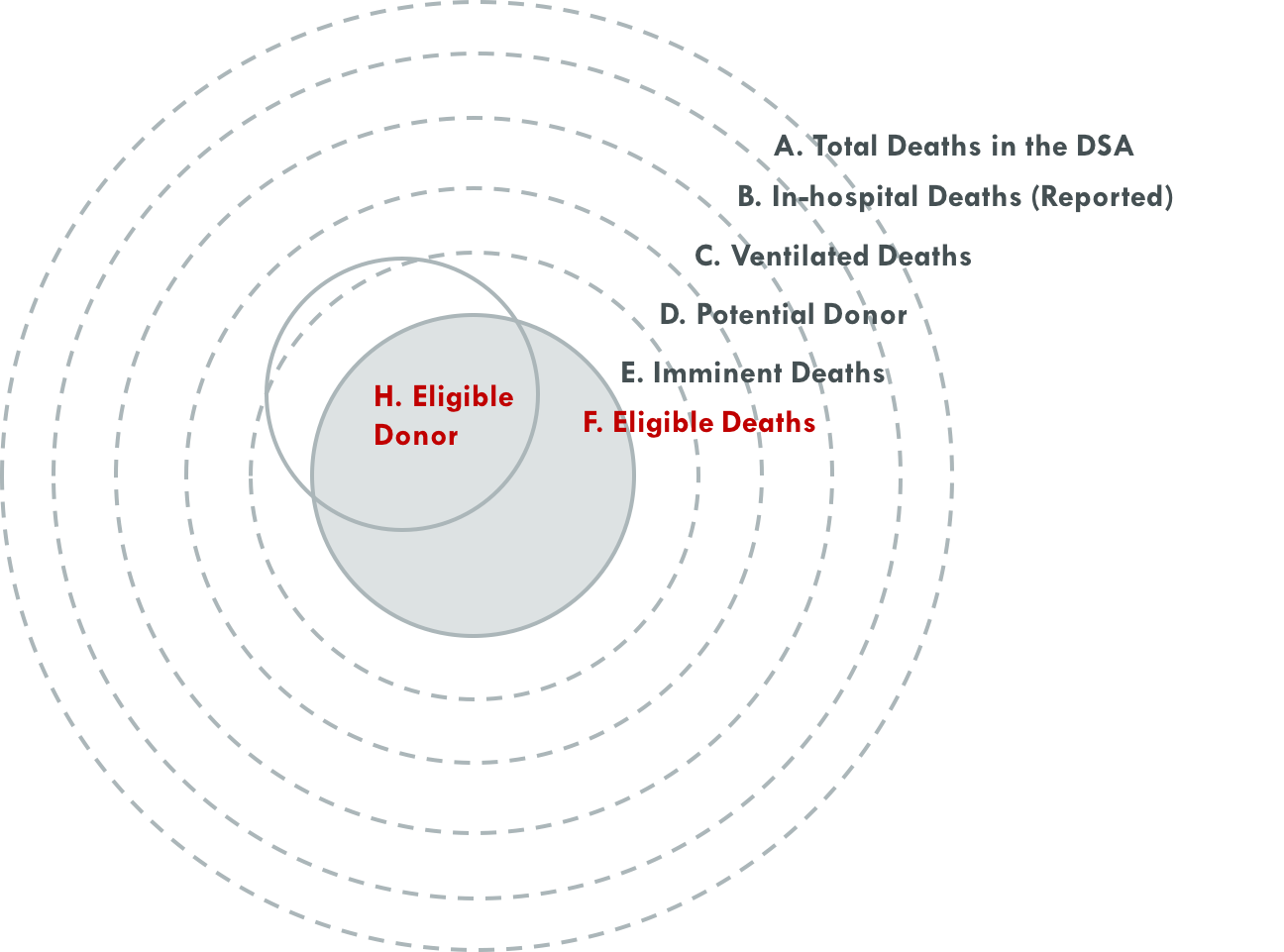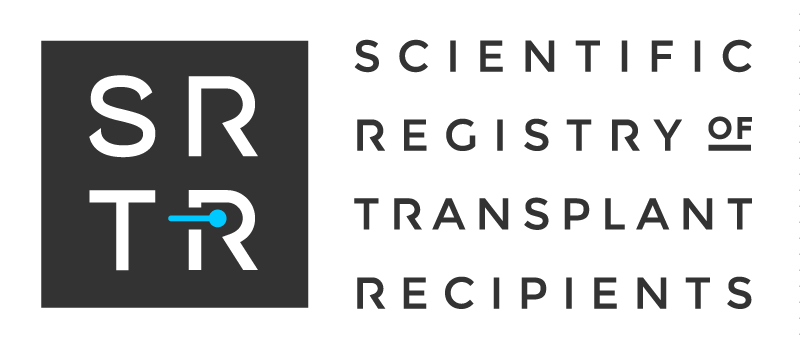Measuring Donor Conversion Rates
How often do deceased individuals become donors?
Understanding Donor Conversion Metrics
When considering a donor conversion metric, ideally we would measure the number of actual donors from the number of deaths that are considered potential donors. In other words, when a death occurs in a hospital with no contraindications to donation, how often does a successful donation occur? This is the ideal metric, but we are currently unable to calculate it because we have no standardized definition of what is meant by a "potential donor." The "eligible death" definition was an attempt to define a pool of potential donors that most transplant professionals would agree could become donors; however, we know that many donors emerge every year who do not meet the eligible death definition; for example, donors aged older than 75 years or donors after circulatory determination of death. Because we cannot currently identify the pool of “potential donors,” SRTR is not currently reporting donor conversion rates. Prior to July 6, 2023, SRTR reported donor conversion rates within the population of deaths reported to meet the “eligible death” definition per OPTN policy 1.2. Following recommendation 3.1 from the SRTR’s People Driven Transplant Metrics Consensus Conference, these metrics were removed from the OPO-specific reports in July 2023. SRTR continues to explore additional metrics for inclusion in future versions of the OPO-specific reports.
For the next article in the Guide to Key OPO Metrics, information on the donor yield metrics, click here.

